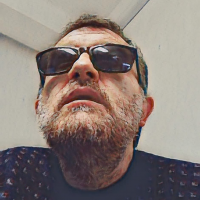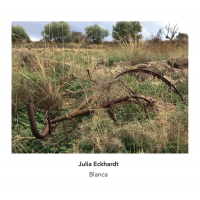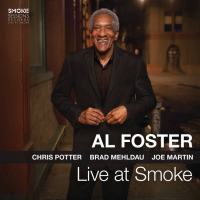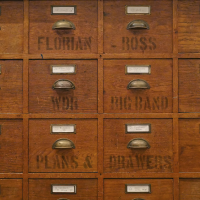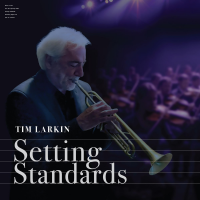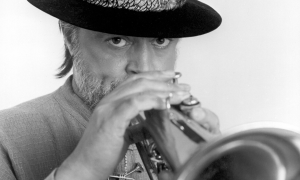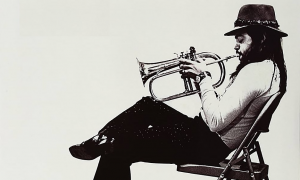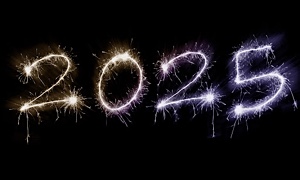Home » Jazz Articles » Catching Up With » Kit Downes: The Art Of Sonic Curiosity
Kit Downes: The Art Of Sonic Curiosity
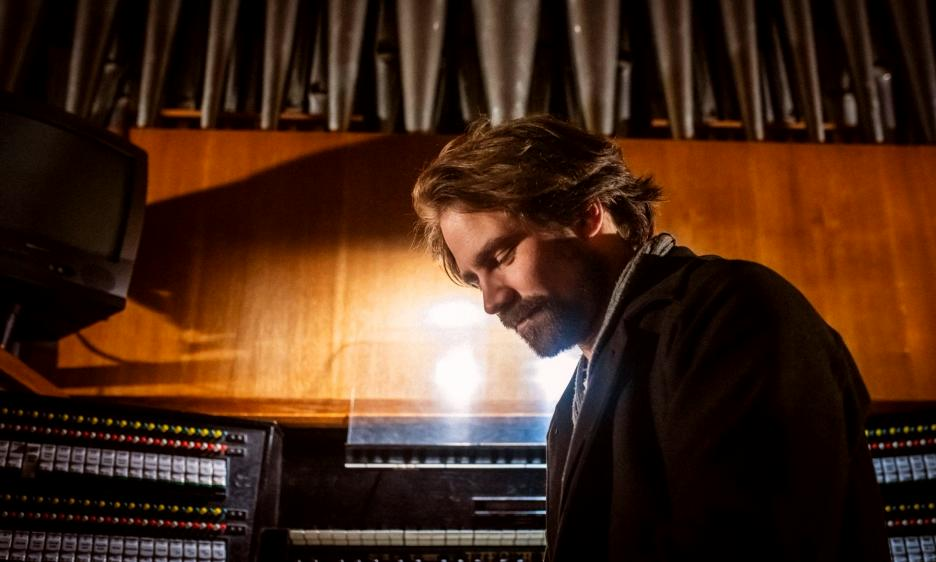
To my students, I say: Consider your enthusiasm as the most important thing, follow it wherever it leads, do not try to manage it in minute detail. Discover where it takes you, and then dig deep wherever it brings you.
—Kit Downes
All About Jazz: Let's start with your background, which is rather unique, balancing the church organ that you began playing in Norwich and your deep love for jazz, inspired by Oscar Peterson. How do these two distinct musical souls—the liturgical or classical one and the improvisational one—reconcile in your creative process?
Kit Downes: The two elements you describe are important, but in turn, they coexist with many other strong influences in my life, always in flux, in constant evolution. I do not feel the need to "unite" them into something that would inevitably end up being smaller and more defined. I like finding different outlets for the different things that inspire me and for the different experiences and influences I have had throughout my life.
AAJ: With your ECM albums, you've helped highlight the role of the pipe organ in a contemporary context. What exactly do you seek in this instrument: its orchestral range, the sacredness of its reverbs, or its nature as a sonic "time machine?"
KD: I am not alone in this field. There are many artists using the pipe organ in contemporary music, with fascinating results. It is very inspiring to be surrounded by such a creative scene of musicians. What I love about the instrument is certainly its range, which allows me to play with color and lets me perform like an orchestra. It is a truly powerful instrument—I'd say cathartic—with which I can express strong, visceral feelings through a truly epic range of sounds. Then there is a personal dimension that ties me strongly to this instrument: the fact that my father has always loved the pipe organ and plays it occasionally. It was therefore an early passion for me, through which—every time I play it—I reestablish a connection with him.
AAJ: With the ENEMY project, your pianistic approach is often described as fiercely intense and rhythmically complex, a stark contrast to the calm of your solo work. How does your role as a performer and composer change when operating in such an intense, high-energy environment?
KD: During a performance, I simply think about the context in which I am operating. If I am playing in a group, I focus on the energy of the people I am playing with; if I am playing solo, I focus on the instrument, the organ for example. There is nothing predetermined in these aesthetic choices, which reflect the intentions and instincts guiding me in the moment. So, in the end, it all depends on the people I am playing with—for example, in ENEMY—with double bassist Frans Petter Eldh and drummer James Maddren—the way we establish a deeper level of communication is through creating extemporaneous solutions to tackle complexity in absolute freedom, taking strong decisions that present themselves as challenges and thus end up creating extremely strong bonds between us.
AAJ: A reflection on your role as an artist recording for ECM, a label with an aesthetic often associated with rarefied sound. To what extent has your approach to composition and the use of sonic space been influenced by the vision of Manfred Eicher?
KD: Based on the experience I have had with albums like Obsidian, Dreamlife of Debris, Vermillion, and Southern Bodies—my upcoming solo organ album—I can say that we feel things in a similar way. The artist-producer rapport we have developed fits well with the music I release on ECM.
AAJ: In your recent collaborations with Norma Winstone (Outpost of Dreams) and with Bill Frisell and Andrew Cyrille (Breaking the Shell, in a trio with pipe organ), you've explored two extremes: the intimacy of vocal lied on one side, and the boldness of improvisation based on complex sonic textures on the other. How does the empathetic and sensitive approach required for dialogue with a legendary voice like Winstone's reconcile with the essential ability to listen and "not know" needed to orchestrate such an abstract, timbre-based sound with Frisell and Cyrille?
KD: These are two very different projects. With Norma, my role in a duo context is to support, but also to channel the flow and take it wherever it needs to go. It happens that we both like risk, so that's where we go! The one with Bill and Andrew was our first meeting, and each of us contributed material for the recording session. The most immediate common ground was therefore addressing the sounds of each instrument—and the room's acoustics—to make it all work with the pipe organ, in what remains a rather unusual instrumentation.
AAJ: We know your interest in classical and folk music. Is there a genre or an artist that you listen to regularly and that unexpectedly influences your harmonies or rhythmic sensitivities?
KD: Rhythmically, I am very inspired by Petter's music, by Django Bates and the M-Base movement, as well as early Fieldwork and Craig Taborn. For harmonically-oriented music, it is mostly classical composers that I find fascinating... Ravel, Messiaen, Bartók, but also musicians who come less from functional harmony, like Cecil Taylor, Paul Bley, or Kaja Draksler.
AAJ: Your duo album A Short Diary with Sebastian Rochford is a deep and personal elegy. What was it like interpreting sounds rooted in the pain felt by a friend due to the loss of his father, and creating beauty in such a delicate and moving project?
KD: It was an honor to receive the trust to share such deeply felt and personal material from Seb. It wouldn't have worked without the connection that Seb and I share, having played and spent time together for many years.
AAJ: You teach at the Royal Academy of Music. Is there a skill or key concept that you emphasize with your students but that you feel is often overlooked in modern jazz education?
KD: Being truly open and curious, rather than critical, even in the small reactions to what happens while playing, to others' music and to one's own. Also composing constantly and never excluding anything, and being curious about one's own reactions. To my students, I say: "Consider your enthusiasm as the most important thing, follow it wherever it leads, do not try to manage it in minute detail. Discover where it takes you, and then dig deep wherever it brings you."
AAJ: Having explored—among others—solo organ, high-intensity trio work, and near-chamber duo, is there a format, ensemble, or instrument you haven't yet tackled that you feel will be your next experimental laboratory?
KD: I'd love to write music for a symphony orchestra!
Tags
Interview
Kit Downes
Ludovico Granvassu
ECM Records
oscar peterson
Petter Eldh
James Maddren
Manfred Eicher
Obsidian
Dreamlife of Debris
Vermillion
norma winstone
Outpost Of Dreams
Bill Frisell
Andrew Cyrille
Django Bates
Craig Taborn
Cecil Taylor
Paul Bley
Kaja Draksler
Sebastian Rochford
PREVIOUS / NEXT
Support All About Jazz
 All About Jazz has been a pillar of jazz since 1995, championing it as an art form and, more importantly, supporting the musicians who make it. Our enduring commitment has made "AAJ" one of the most culturally important websites of its kind, read by hundreds of thousands of fans, musicians and industry figures every month.
All About Jazz has been a pillar of jazz since 1995, championing it as an art form and, more importantly, supporting the musicians who make it. Our enduring commitment has made "AAJ" one of the most culturally important websites of its kind, read by hundreds of thousands of fans, musicians and industry figures every month.

